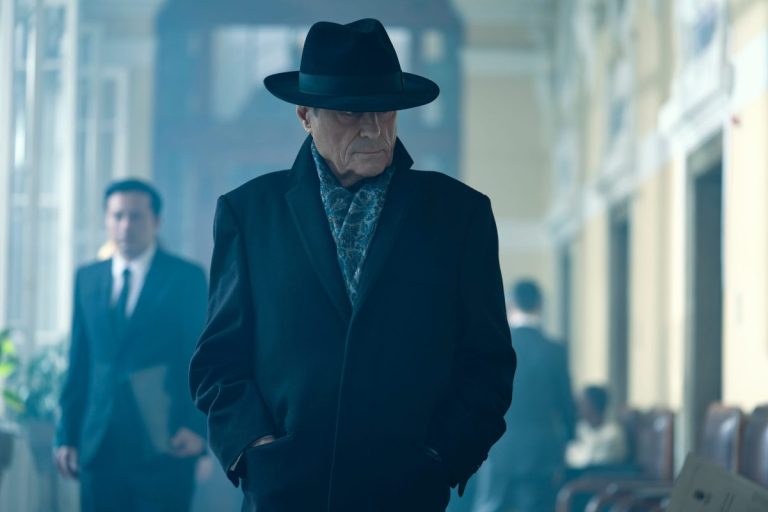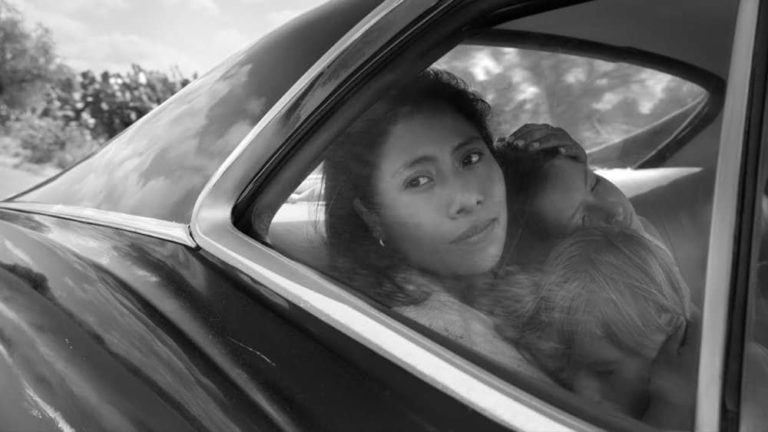For the past two decades, world cinema has been mostly discussing Romanian cinema. Romanian films are exhibited at film festivals around the world and became their attractions. Through these films, Romania has introduced a new movement to the world known as the Romanian New Wave, which found its place in world cinema. Although they adopt an international framework in storytelling and visual experience, the unique signs of nationalism are evident in all the films. Advocates of the Romanian New Wave do not acknowledge the fact that they are part of a new movement, but the style they generally adopt sets their films apart from other world cinema. It is worth mentioning that all these filmmakers graduated from the National University of Theatre and Cinematography (U.N.A.T.C.) in Bucharest. This will be the link between their films. The National University of Theatre and Cinematography, the only art school, was incorporated into filmmaking in 1954 by the Communist government. It was the Communist government that realized the popular influence of cinema and developed it into the greatest art of the socialist system. Romanian socialist cinema grew out of Leninist ideas.
Romanian cinema has a long history. The world’s first film premiered in Bucharest less than six months after the Lumiere brothers. The exhibition was held on May 27, 1896. It was the first film screening in Romania. The show was organized by a few employees of the Lumiere brothers’ company. The Lumiere brothers’ first film, ‘Arrival of a Train at La Ciotat’, and a few short films were screened there. The exhibition, sponsored by the French daily L’Independence Roumanie, was co-hosted by Edwin Schurmann, Adelina Patti, and Eleonora Duse. Adelina Patti was a well-known opera singer at that time and Eleanor Deuce was an Italian actress. Shortly afterward, Paul Menu, a Frenchman, made Romania’s first film.
Related to Romanian Cinema: 10 Essential Romanian Movies of the Decade (2010s)
The film was ‘The Royal Parade on May 10, 1897’. Paul Menu also was an employee of the Lumiere Brothers Company. The film was a depiction of the military parade of Romanian King Carol I. Although the first film was shot, Paul Menu did not stay in Romania for long. He took about sixteen short movies and sold his camera to Romanian neurologist Gheorghe Marinescu and left the country. Giorgio Marinescu was the first Romanian director. But most of the films he directed were about medicine. During 1898-99, Giorgio Marinescu produced several short films with cameraman Constantin M. Popescu. The most famous of these is the science fiction film ‘Walking Difficulties in Organic Hemiplegia.’ It is considered to be the first science fiction film in the world. However, the first Romanian film to be considered is the 1911 film ‘Amor Fatal’. The film is directed by Grigore Brezeanu. The film was produced by the Bucharest National Theater Bucharest. Gregory Brechenue has since directed two films and several documentaries.
Leon Popescu is another name in the history of Romanian cinema. As a rich man of Romania, he was the producer of most of the early films. He also owned the Lyric Theatre in Bucharest. Popescu, who was in financial trouble after World War II, set fire to his theatre and all his films and committed suicide, it is said.
It can be said that Romanian cinema had a difficult time with the advent of sound in cinema. Lack of money affected Romanian cinema. From 1930 to 1939 only 16 films were made in Romania. This situation changed somewhat in 1934 with the legal establishment of the National Film Fund. The documentary “Moților Land”, which won an award at the Venice Film Festival in 1938, and ‘An Unforgettable Night’, which became famous in 1939, and “The Queen’s Flower”, which was screened at the 1946 Cannes Film Festival, were noted films in this era. This marks the end of the first phase in the history of Romanian cinema.
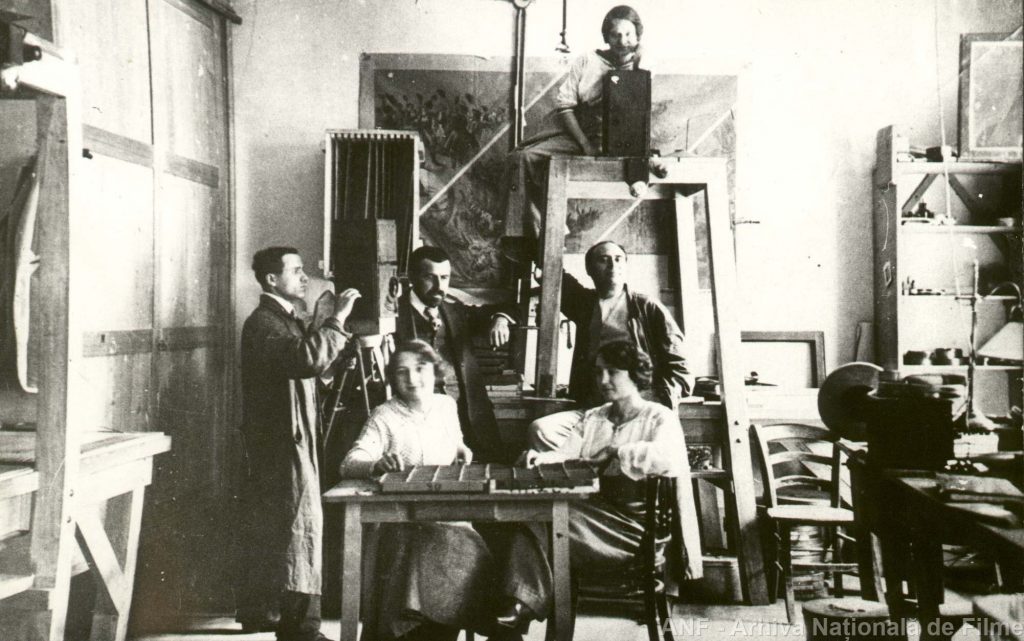
The second phase of Romanian cinema began after World War II. After the war, the influence of communism increased worldwide and communist regimes emerged in most of the countries of Eastern Europe. In Romania, too, the Communist regime came into being with the backing of the USSR. With that, the history of Romanian cinema changed. This period is described as the golden age of Romanian cinema. The film industry was nationalized and socialist cinema was established in Romania. New studios were built. A new cinema complex was constructed on the outskirts of Bucharest. There were separate studios for fiction movies, documentaries, and cartoons in this complex. About 7000 cinema theaters have been opened in the country during this period.
During 1976-82 alone, 42 new theaters were opened. At that time, an average of about 30 films were made a year. With the money and facilities available, the best directors and filmmakers were created in the country. Despite receiving adequate cash and other facilities, it was accused of censorship and government interference. But it was during this time that many of the great classics of Romanian cinema were released. Romanian films were screened at the Cannes Film Festival, the Berlin Film Festival, and the Moscow Film Festival. This improvement continued for several years after the collapse of communist rule in 1980. For some time afterward, Romanian cinema passed without making any mark in world cinema. This must have been due to economic turmoil and confusion in the post-communist world. The second phase of Romanian cinema ends here.
Related to Romanian Cinema: 25 Best Georgian Films of All Time
The next phase in the history of Romanian cinema began in 1998. Changes in the political system of the late 1980s marked a major turning point in the film’s theme. Although the film was freed from severe censorship, early filmmakers faced a crisis during which they could not find the necessary financial resources. Lack of money hampered their filmmaking. It was at that time that a group of young people came up with a low-cost film-making method. They have come up with a new concept called Minimal Cinema and presented the world with low cost and at the same time completely different films. They astonished the world by creating a new paradigm in content and storytelling. This became the new movement known as the Romanian New Wave.
The era marked by the world as the Romanian New Wave begins with Radu Mihăileanu’s ‘Train of Life’. The film won the FIPRESCI Award at the Venice Film Festival. But Cristi Puiu is considered to be the mastermind of Romanian New Wave cinema. His film “The Death of Mr. Lazarescu” shocked the film world. Later, Cătălin Mitulescu’s film, ‘The Way I Spent the End of the World’, won an award at the Cannes Film Festival, and Romanian cinema became the new face of world cinema. Since then, several young directors have appeared in various festivals, creating a series of excellent films.
Cristian Mungiu, Cristi Puiu, Cristian Nemescu, Radu Muntean, Corneliu Porumboiu, and many young directors, including Radu Jude, have emerged as spokespersons for the Romanian new wave. Those who rewrote the history of Romanian cinema were spent their childhood and youth during the communist era. They have traversed the difficult path from communism to capitalism. Who are aware of the differences and nuances of the two systems. This experience is evident in their films.
Anyone who approaches Romanian new wave cinema can see a film that is struggling to break free from the influence of communism. The words of the famous Romanian director Lucian Pintilie – that communism has disappeared as a state but continues as a state of mind – are relevant here. New filmmakers still do not reject communism in their films. In addition, films such as Radu Jude’s “I do not care if we go down in history as barbarians” are a sharp critique of anti-communist persecution stories. The story is about the political interventions of a playwright trying to recreate the Jewish Holocaust of the pre-communist regime. In the film, Radu deals with the natural inhumanity of governments. In doing so, he reinforces the Marxian notion that the state is an instrument of repression. Most of the films still have not strayed from the sphere of influence of communism. Moreover, they do not question the merits of communism. Most of the films deal with the practical failures of communism. Moreover, these films ruthlessly attack the bureaucratic hegemony and nepotism that has grown up in the state. Beyond that, these films show great concern about the future of the country in the new capitalist market system.
Although the regime shifted from communism to capitalism, it generated a different reaction from the general population. The people approached the new system with suspicion and apprehension. One of their main doubts was that capitalism did not have the security given by communist rule. Christine Puju’s ‘Sieranevada’ is a film that discusses such concerns in post-communist society. The subject of their discussion was the uneasiness about the future through a conversation between family members who attended their father’s death anniversary. The whole discussion is going on in the context of the terrorist attacks on “Charlie Hebdo” magazine. However, in the film, we see a society that is concerned about the future of post-communist Romania and the growing influence of religion in the new society. Anxiety about the future is reflected in their conversations. Most of these conversations take place while waiting for the pastor to officiate before the reception begins. Although most of the members hesitate to welcome the arrival of the pastor, they could not avoid him. In this film, we see a society that is worried about the return of religion to the post-communist society. We can also consider the death anniversary of my father as the “death anniversary” of the Romanian Communist regime. The film should then be approached as the anguish of a society that has lost its head. We can see the pastor as the epitome of a religion migrating to the gap created by communist rule. The film convinces them that they are forced to accept it, albeit reluctantly. The film points to the danger of religion replacing communism.
Related to Romanian Cinema: I Do Not Care If We Go Down In History As Barbarians (2018): “Critique of Pure Reason”
Cristian Mungiu’s ‘Beyond the Hills’ is a film that exposes the growing influence of religion as a threat to post-communist society. The film points out that religion is beginning to grow to a point where it affects all spheres of life and determines life itself. In the film, Mungiu travels through the dark paths of faith and religious fanaticism. The heart of the movie is the reunion of two friends who grew up in an orphanage. By then a friend had joined the monastery to become a nun. The director reinforces the influence of religion in the new Romania through the heroine’s attempt to extradite her from there and immigrate to Germany with her. The heroine’s problems are further complicated when her friend decides to remain as a nun and the church intervenes in the matter. Church officials imprisoned the friend who has been violently abusive and subjected to antiquated treatment. Mungiu presents a glimpse into the intense religiosity and primitive witchcraft that Romanian society is going through. The last shot makes it clear that it is utterly dark and hopeless. In the last shot, Mungiu says that even the exact interventions of the legal system are being covered up by the ferocious mud of religion.
Another important subject in the Romanian New Wave is the breakdown of family ties. Many films reflect the breakdown of the established family relationship. In these films, we see the political breakdown spreading to family relationships. These disturbances in family relationships are the result of the indiscipline that emerges in a society that has suddenly moved from strict discipline to “independence.” The main theme of many films is how disgruntled partners part ways with each other and the discomfort it causes in family relationships. Family heads who fall in love and have sex with another woman while living with their wives in Mungiu’s Graduation and Radu Muntean’s Tuesday After Christmas If the hero of graduation is prevented from divorcing his wife by his intimacy with his daughter, then the protagonist of “Tuesday after Christmas” has no problem at all. The love of the protagonist of Graduation towards his daughter eventually leads him to jail. His crime was that he tried to manipulate her exam marks by artificial means to secure her future. It’s caught and he’s arrested. He is still trying to save his own family, even though he is reluctant to leave his girlfriend. But the hero of “Tuesday After Christmas” has none of these worries at all. The heroine of “I Do Not Care If We Go Down in History as Barbarians” is pregnant with a father of two. The girlfriend’s pregnancy annoys him. He is trying to get an abortion to secure his own life. His girlfriend’s life is not a matter of concern for him. All these films deal with the changing Romanian concept of family. Moreover, the fact that women are the main victims of these changes is evident in all these films. All this indicates that Romanian society is becoming more anti-feminist.
Despite these inconveniences in family relationships, the relationship between parents and children and sibling relationships tends to be stronger in these new films. Cãlin Peter Netzer’s “Child Pose” and Florin Șerban’s “If I Want to Whistle I Whistle” deal with such an issue. Child Pose describes the plight of a mother who tries desperately to save her son who was involved in the murder of a young man in a car accident whereas “If I Want to Whistle I Whistle” is about the relationship between a convicted felon and his brother. The brother fights with his mother who abandoned them, for his brother and he goes back to jail.
Christian Mungiu’s “4 Months, 3 Weeks, 2 Days” is about personal freedom. During the reign of Nicolae Ceaușescu, abortion was banned by decree of 1966. The truth is that it is women who suffer the most. Their freedom of choice is denied. But there were so many illegal agents operating abortion centers shows the weakness of this law. The film depicts the experience of a girl and her friend who set out to have an illegal abortion. The film is about the hardships and persecutions they face while traveling outside the law. Beyond that, the film focuses on government encroachment on the privacy of individuals. Moreover, the film gives us a picture of the corruption and crime that existed at that time. The film tells the story of how the government’s restrictions on individual freedom can stimulate the criminalization of society.
Also Read: Scarred Hearts (2017): Shenanigans of a Profound Soul
Corruption and nepotism are a social menace in any society. And these new wave directors present such subjects as satires in their films. One such great film is “Tales from the Golden age”. The film has six episodes that showcase the old regime’s subjugation and corruption. The film is a great satire and each part is directed by different directors. Every piece of it just happens in capitalist societies also. But the director seems to mean that this should not be under communist rule. The first part is about the arrangements to be made in connection with the visit of the Party Secretary. It eloquently describes the exercise of power by the “pilot” troupe that came to observe it and the anxieties of the local government. The second part deals with the humorous but serious problem of the incident where the newspaper itself had to be stopped for a day due to a flaw in the photo publishing because of the hat of the president. The film is a sharp critique of the Romanian Communist regime, but only of a critique of any regime. The six-part film deals with corruption, nepotism, and individual attempts to please the leadership. The film deals with the efforts of individuals to overcome government restrictions on individual freedom and the social problems it creates. At the same time, it deals with the crime situation that is plaguing unemployed youth. A young man and woman who were unemployed visited apartments and lie and collect empty bottles to sell them for a living. They are eventually caught by the police. This points to the employment problem facing Romania.
“12:08 East of Bucharest” is a satirical film about a drunken professor who tries to take over the credit of the 1989 anti-communist revolution. Audiences question the professor’s claim that he was at the forefront of the revolution during a talk show on the anniversary of the revolution. Thus, the veracity of his claims is being questioned. Director Corneliu Porumboiu questions the claims made by those who played no part in the revolution. It eventually points out that any revolution is carried out by common man and not by intellectuals.
The excessive influence of bureaucracy in socialist society has long been the subject of cinema. Cuban director Tomás Gutiérrez Alea has dealt with the issue in 1966 itself. His “Death of a Bureaucrat” deals with this subject. Alea satirically portrays the oppression of the bureaucracy faced by the common man in socialist society through the efforts of a widow for posthumous benefits after the death of a worker husband. Cristi Puiu tells the same story through a movie of the somewhat same name “The Death of Mr. Lazerescu”. In ‘The Death Of Mr. Lazarescu’, Puiu tells the story of an elderly man with a nurse and ambulance driver who has to travel from hospital to hospital to seek treatment. At the same time, Puiu shows us the ill health of the Romanian health sector.
The first tendency to appear with the fall of the communist regime was the Romanian people’s desire to migrate western “paradise” from the country. People began to compete to migrate to the western capitalist countries. Parents began forcing their daughters to marry men from other European countries. Early Romanian cinema reflected the intensity of this desire. Europe was the paradise of their dreams. “Occident” is a bitter comedy that focuses on the western migration of Eastern European youth. This satirical comedy film by Cristian Mungiu depicts the Western immigration efforts of Romanian youth. And so is the future of those who fail. The film follows the style of the famous film Rashomon style of Kurosawa through the visuals of different people walking through different places and meeting, parting, and meeting again. Unemployment and poverty in post-Romanian society is the main theme of this movie. Even love and marriage were to be abandoned for money and employment in this film. The protagonist ‘Luci’ of this film has to abandon his girlfriend who wishes to marry a western husband, and Mihaela, who is forced to marry a foreigner, is both a sign of poverty and unemployment.
Also Read: The 75 Best Movies of the 2010s Decade
The Romanian New Wave presents to the world the concerns and anxieties of modern Romania. At the same time, it criticizes the hypocrisy that exists in society. The film “Bad Luck Banging or Loony Porn”, which won the Golden Bear Award at the 2021 Berlin Film Festival, is one of the best films to expose such hypocrisy in Romanian society. This film by Radu Jude reveals not only the attitude of the modern Romanian people towards sexuality but also its relentlessness. It also looks into question the duplicity of Romanian society towards various issues. It exposes the anti-people attitudes of the church and the military towards the people’s struggles from time to time.
The Romanian New Wave movies critically observe that the collapse of communism did not in any way help to fulfill the aspirations of the Romanian people and led them into a dark age. Independence has given way to severe exploitation and unemployment and has not fulfilled any hope for the future. Anyone who watches these movies will be convinced that every movie, directly and indirectly, states this.
The Romanian people are people who have swum through fiery seas of experience and suffering. Revolutions, fascism, and concentration camps were a part of their lives. It is because this fire of experience has warmed their imagination that stories, poems, and movies come out of them that we can never even imagine. Revolutions and riots have always been the womb of art. Iranian cinema is the Iranian revolution. The strength of the art of Latin Americans is the Latin American riots. German cinema rose from the debris of fascism. Those who have given birth to great works of art around the world are those who have swum the rivers of persecution before. Revolutions may be failed. But their impact on art is always positive. Romanian cinema is the product of the suffering that Romanian peoples sufferings. The people of Romania are not recovered from the wound created by Fascism, war, and oppression. It’s amazing world cinema now.

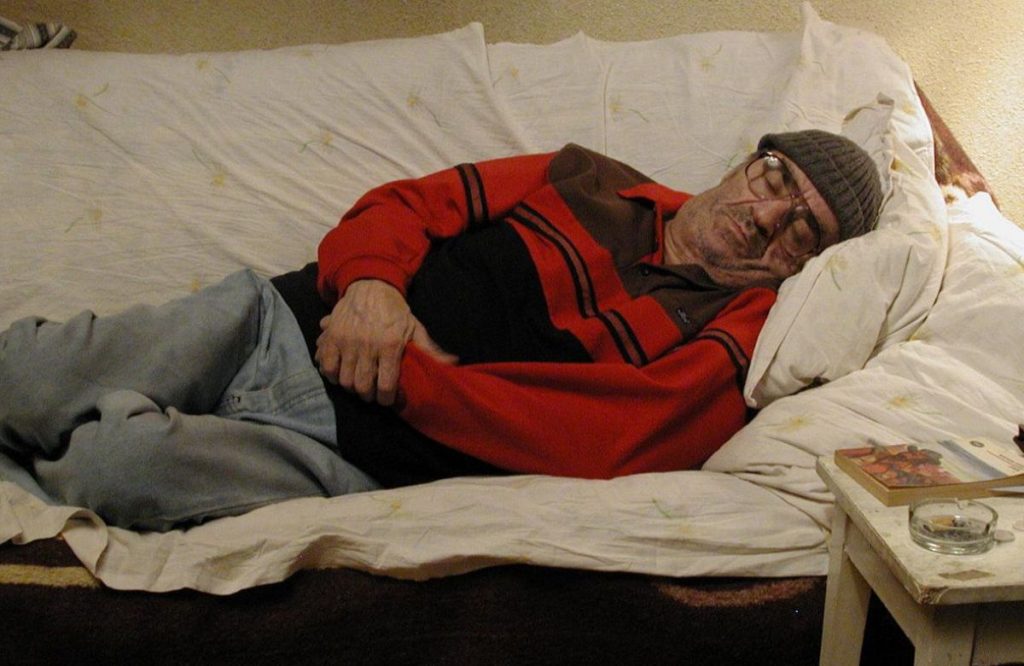
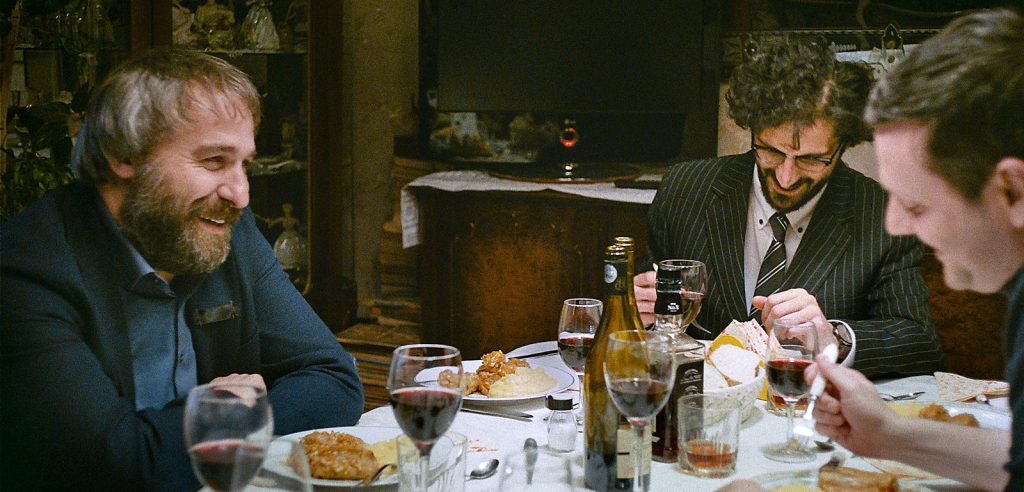
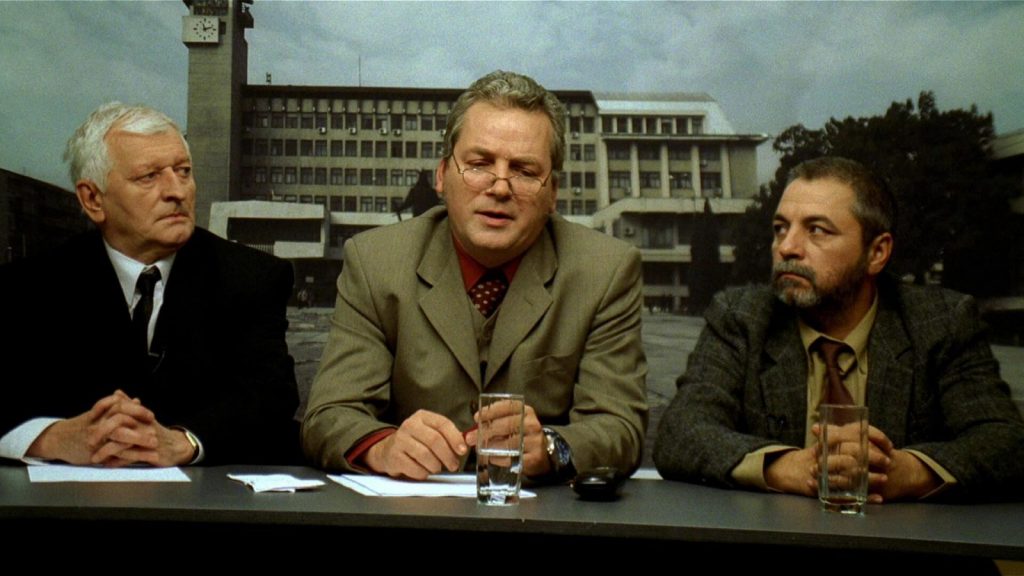
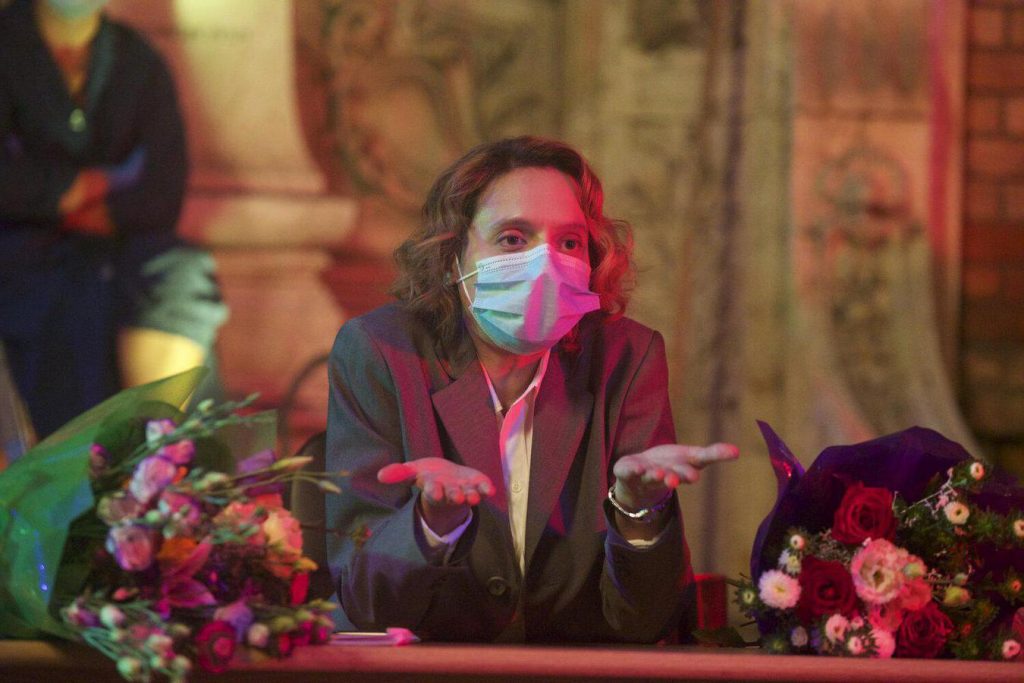
![For Your Consideration: Entertainment [2015]](https://79468c92.delivery.rocketcdn.me/wp-content/uploads/2016/12/ent_edited-768x432.jpg)
